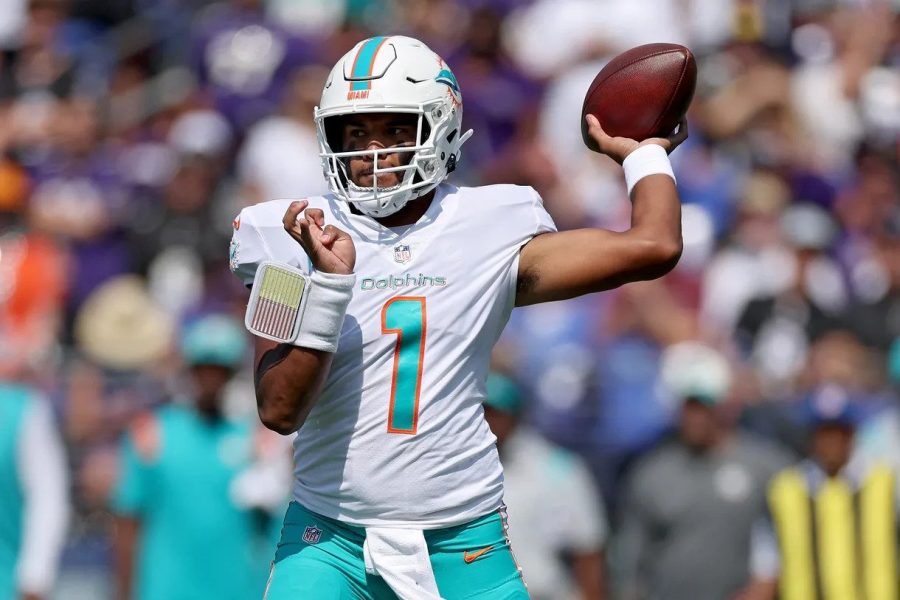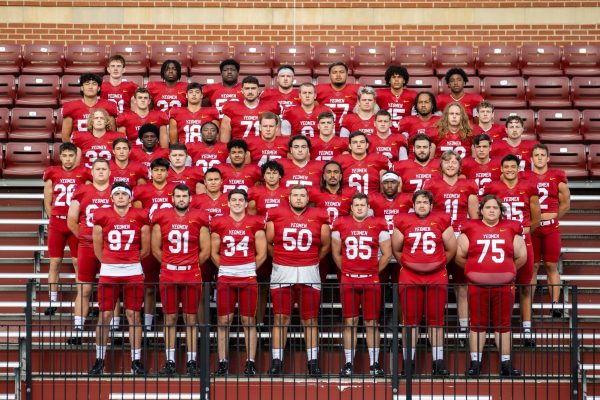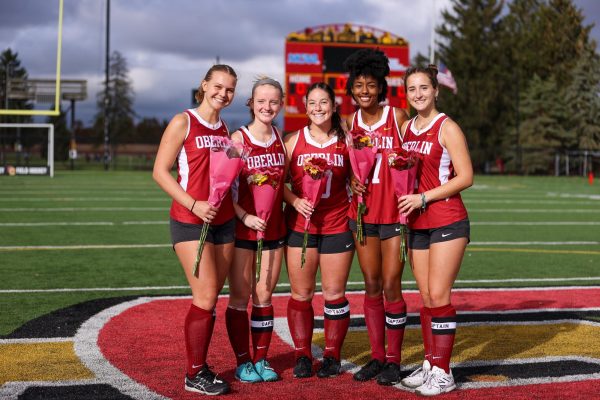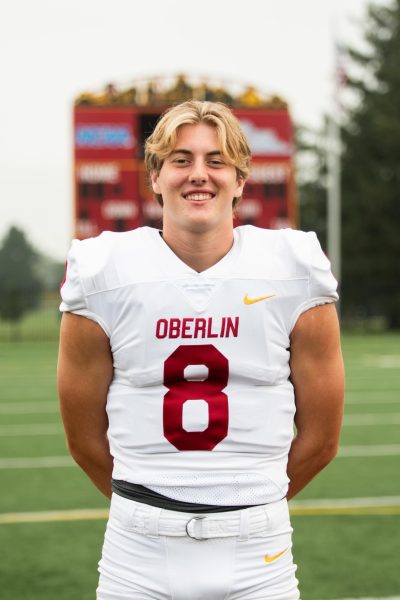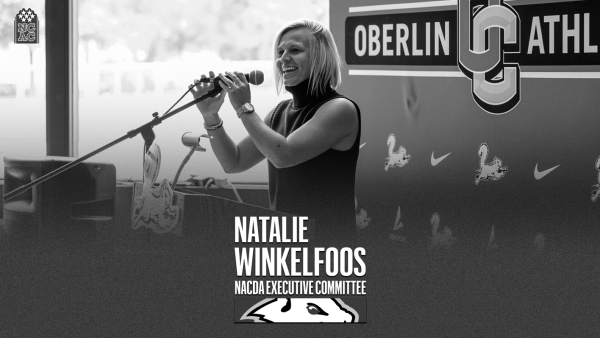Learning from Tua Tagovailoa: Oberlin Football Players Reflect on Pressure to Perform
Tua Tagovailoa plays for the Miami Dolphins.
Contact sports are dangerous games that afford their own risks to those who decide to play. As the intensity of play increases, so does the potential for violence, collisions, and severe injury. Tacked onto inherent risk for bodily harm is the pressure for these athletes to perform; the higher the level, the more strain on athletes and their bodies. Therefore it’s commonplace for elite athletes to play through bodily damage and ignore their pain.
This attitude of “toughing it out” has severe downsides, especially when dealing with serious injuries. Nowhere was this more evident than during last week’s Thursday Night Football matchup between the Cincinnati Bengals and the Miami Dolphins.
In the second quarter of the game, Dolphins quarterback Tua Tagovailoa dropped back in the pocket where he was instantly leveled by Bengals defensive lineman Josh Tupuo. During the hit, Tagovailoa’s upper back and head slammed into the turf, undoubtedly giving him a concussion. In the minutes following, Tagovailoa remained motionless on the ground with his fingers curled tightly. Neurologists and concussion experts later confirmed that this position was a case of a fencing reaction, an asymmetric tonic neck reflex in reaction to serious head trauma. The quarterback was immediately carted off the field and taken to a local hospital. While he was released later that night and allowed to return to his home in Miami, it is unsure what the lasting effects of his injury will be, as he could very likely have permanent brain damage.
Had Tagovailoa been in full health in the Cincinnati game, the hit probably would have only amounted to a concussion. However, this was not the case. The week prior, the quarterback had received another walloping hit in a game against the Baltimore Ravens. In the aftermath of the Baltimore collision, the Dolphins athletic training staff diagnosed Tagovailoa with a minor lower back injury. The quarterback was cleared to play but did not enter into concussion protocol. This diagnosis received some criticism from avid fans on Twitter and medical specialists, but little further action was taken.
Tagovailoa’s condition following the second collision is a testament to the dangers of playing injured. Many factors could be blamed for Tagovailoa’s condition, but clearly the incompetency of the Dolphins medical staff played a large role. The doctor who cleared Tagovailoa to play against the Bengals has since been removed from the organization. However the pressure Tagovailoa faced from the coaching staff is a larger issue that still exists. The Dolphins clearly needed him to keep their winning streak alive — his backup, Teddy Bridgewater, is far less skilled by comparison. It’s highly likely that the condition of the depth chart and the pressure from the organization is what ultimately forced Tagovailoa into strapping up last Thursday night. At higher levels, these sports no longer exist as games but as businesses. Jobs and money are on the line — teams bank on their best athletes to perform, even when it isn’t in the best interest of the player.
The pressure to play injured is not unique to the NFL or professional sports. Many athletes across varying levels of competition feel the obligation to play regardless of physical condition, whether it be from coaches, other players, or even themselves.
“You wanna be there for your teammates and continue to contribute, but you can’t if you’re injured,” second-year and former football defensive tackle Cristian Jimenez said. “There is a small amount of pressure from our coaching staff [with respect to minor injuries], but it’s very understandable since their jobs rely on having the best, able-bodied athletes on the field.”
Fourth-year linebacker Hulan Edward talked about his own personal desire to return to the field after consecutive, ultimately career-ending knee injuries.
“I think it’s been so ingrained into so many athletes from a young age that we need to push through everything and keep playing, and that pull [to keep playing] is still there,” Edward wrote in an email to the Review. “Where Oberlin stands out is the work the training staff does to combat that and help athletes physically and mentally as they deal with injuries.”
Second-year defensive tackle Ethan Price added to Edward’s comments on playing through injury because of an obligation to the team.
“When you first begin playing a sport, you do it for the love and passion of the game,” Price said. “As time goes on, you build relationships with your teammates and coaches and want to play for them. If you aren’t back ‘fast enough’, there is always a desire to be there for your brothers, even if that means sacrificing your own health and well-being.”
Understanding where different elements of pressure arise is key to injury prevention. The more we comprehend why athletes put them- selves into harm’s way and continue playing while injured, the more we can do to prevent it.


